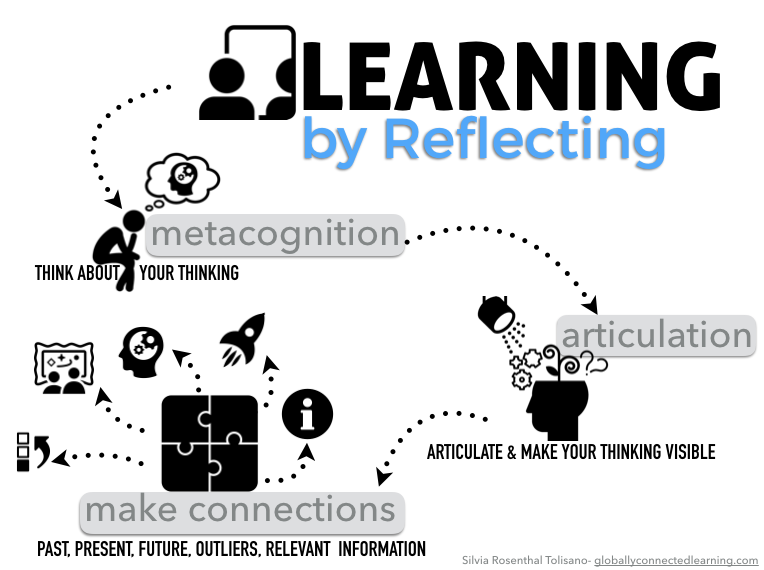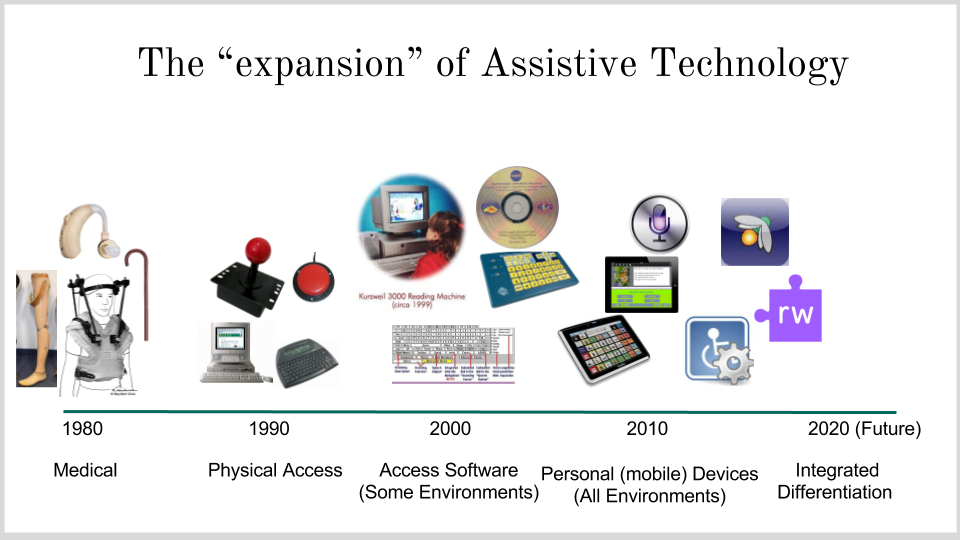Web Conferencing vs. Video Conferencing
- lwang698
- Aug 31, 2018
- 4 min read
Updated: Sep 22, 2018
When the professor assigns the topics of technologies to us, I saw video conferencing and web conferencing are listed as the same category. I was wondering if video conferencing and web conferencing are seen as the same technology under different names. However, that’s not the case.

Today I seek to clearly highlight all nuances regarding the differences between videoconferencing and web conferencing.
Video Conferencing
Video conferencing is a two way visual or audio communication between two or more people who are in different locations via video or audio streams. This form of internet communication requires specialized equipment setup such as a camera, TV or phone on both ends to be successful. Video conferencing provides a real-time linkup between people over the internet in a way that is similar to the traditional face-to-face meeting environment. This solution allows people to conduct highly interactive video conferences which give a feel of physical face to face meetings. Video conferencing was simply developed with an aim to bridge long distance and recreate the experience of meeting face-to-face through webcams or even video conferencing systems to facilitate group meetings.
Web Conferencing
Web Conference provides a live audio or video communication over the internet between two or more locations to communicate and share information. Through a web conference, a presenter can share information or communicate to a group of geographically dispersed participants.

The image was retrieved from: http://digital.vpr.net/post/awesome-etiquette-how-answer-questions-about-your-career-or-lack-one#stream/0
So how is video conferencing different from web conferencing?
Main Differences
1. Objective
The main objective of web conferencing is content sharing while in video conferencing, its main objective is live communication. Video conferencing is ideal at face-to-face communication, building cordial relationship with teams, encouraging collaboration, and obtaining feedback. Web conferencing is ideal for face-to-face communication among individuals in different geographical locations, hosting impromptu meetings, and delivering a large amount of information one way to a group.
2. Cost
Web conferencing is actually way cheaper compared to video conferencing. All the participants need is a computer or a mobile device with a strong internet connection and a webcam. In today's flexible workplace, this form of internet connection is an ideal for hosting meetings with multiple attendees who are geographically dispersed. Video conferencing comes with a higher upfront cost as it is a more tech savvy solution.
3. Quality
One web conferencing and videoconferencing difference has to do with the quality of images each solution offers. Video conferencing produces high definition images and a crystal clear sound. It therefore produces a more lifelike interaction to simulate a face-to-face experience between participants. On the other hand, web conferencing sometimes produces frozen images and pixilation due to low bandwidth hence limiting interaction. Based on image quality, web conferencing is recommended for speeches and video conferencing is good for meetings.
4. Way of Use
Web conferencing is relatively simple and easy to use as it does not require authorization. All that a person needs to have is a web browser. They should also have a link and enter their name without the need for validation since the administrator doesn’t create user accounts beforehand.
Video conferencing is quite sophisticated with regard to participation. Unlike web conferencing, a video conferencing system is created by an administrator who creates user accounts for every user and issues personal credentials for all users. For an individual to participate in a video conference, they must log in to a client application using details provided by the administrator.
5. Network
A video conference can be done either through the internet or within a local network of a company. To deploy a video conference, a participant requires a PC, camera and a microphone. A participant can expand their system capabilities using high quality cameras and speaker phones. Web conferencing is different as it works on the condition that there is a decent internet connection since its main purpose is to give access to the event from any geographical location.
Web conferencing works in a proprietary protocol environment, meaning a person can only have conferences with those using the same service. On the other hand, video conferencing works on world standard protocols, meaning a participant can connect to any system anywhere in the world.
6. Number of Viewers
Another difference between video and web conferencing has to do with the number of viewers. With web conferencing, users are unlimited unlike in video conferencing where the number of viewers is limited by the video conferencing server’s capacity.
7. Areas of Application
Another web conferencing and video conferencing difference lies in the major areas of application. Usually, web conferencing is applied in presentations, online training and distance learning. For video conferencing, the solution substitutes business trips for users. The solution is applied in occasional and regular meetings, negotiations, and discussions.
Conclusion
Overall, the most ideal solution between these two will solely depend on the importance of the meeting. If the meeting matters a lot such that collaboration is essential, there will be needed to employ a solution with high definition image and audio quality provided by video conferencing. Web conferencing is ideal for broadcasting a single speaker's speech, sharing pictures and slideshows to a large audience. For the sake of interaction, quality, reliability, and dialogue, video conferencing is the best option.
References:
https://www.eztalks.com/video-conference/difference-between-web-conferencing-and-video-conferencing.html





Hi Lei,
It's good to learn from your blog about the difference between web conferencing and video conferencing. So far I thought that web conferencing covers the video conferencing as one of its feature integrate with room-based video conferencing systems that allow more advantage for the participants. However, now I can see these two conferencing solutions share similar features. Both provide the features of a conventional conferencing solution added with the web based interface to access the conferencing system from anywhere, using any device. Eventually, I agree with your recommendation in the conclusion for choosing video conferencing, however, I think the best is the two are combined for the increasingly large movement to the instant web meeting.
Thanks for your…
Hi Dakoda,
Thanks a lot for your comment!
I started to write this post one week ago but stopped halfway for some reason. Your comment reminded me to finish my third post today. The differences you mentioned are a portion. Please feel free to read more details about the differences between web conferencing and video conferencing.
Lei
Hello Lei,
I guess this post isn't complete yet, however I wanted to go ahead and comment. I had no idea that web conferencing and video conferencing weren't the same thing. Thanks so much for clarifying. It seems to me that video conferencing requires special audio or video equipment such as a webcam by all parties involved, where as web conferencing can be done on the web with different devices by parties involved. Is this information correct?
Attached is the link I used to find this information: https://hsl.osu.edu/eventtech/faq/what-are-differences-between-video-conferencing-web-conferencing-webinars-and-webcasts
Thanks,
Dakoda Martin